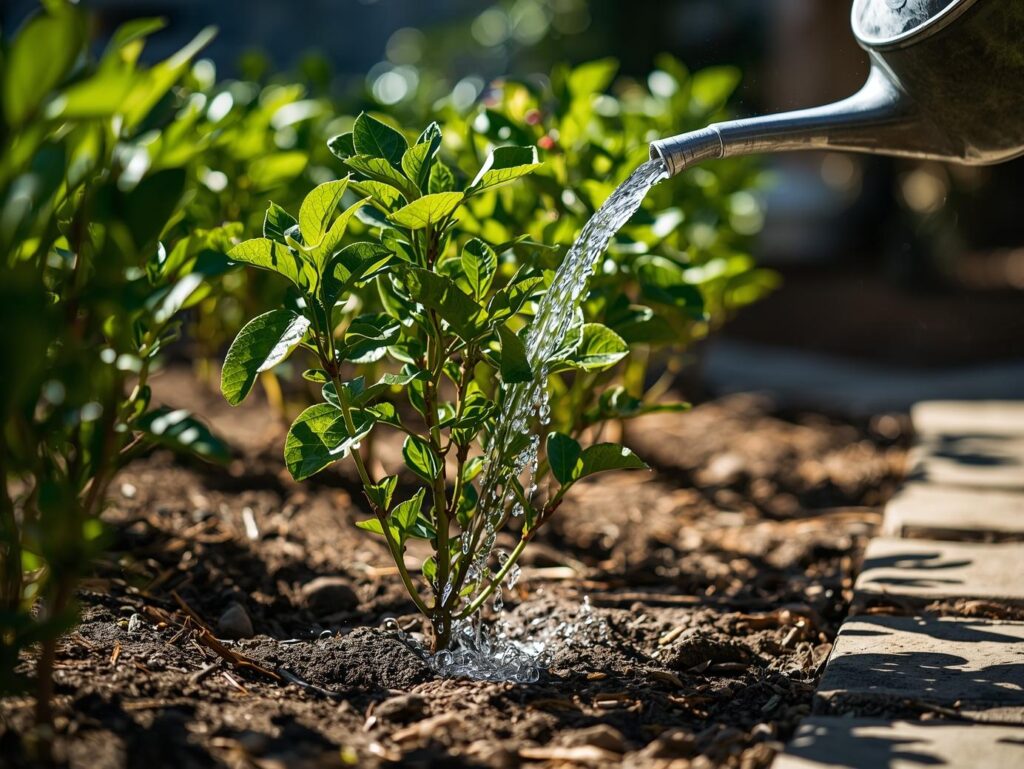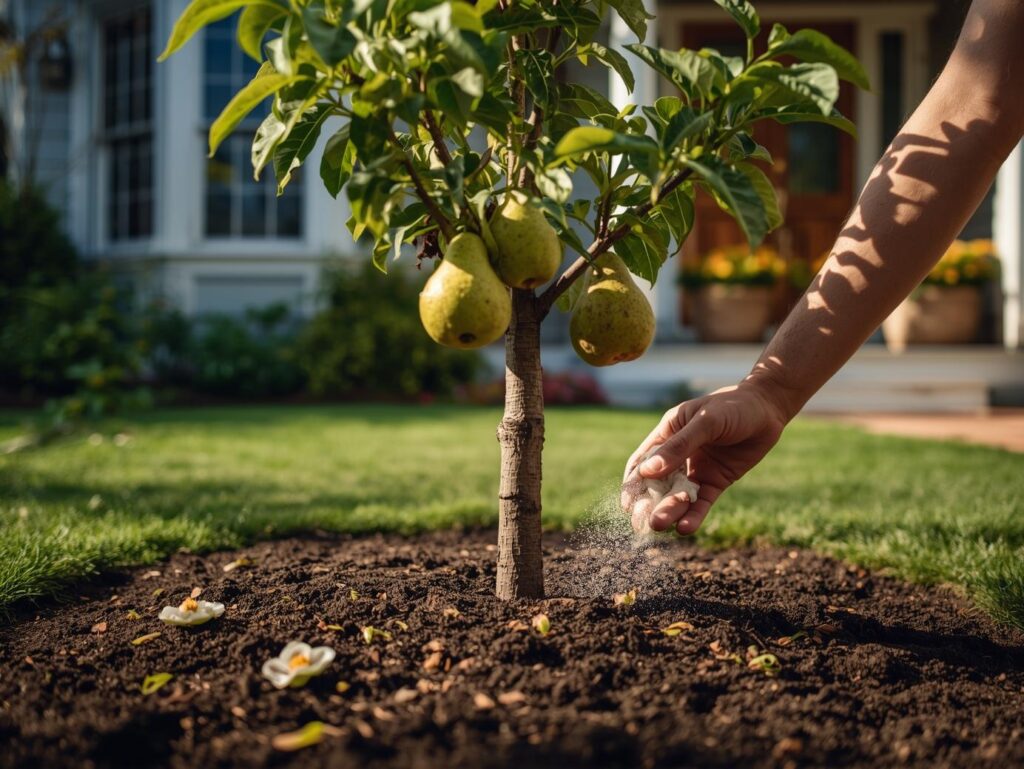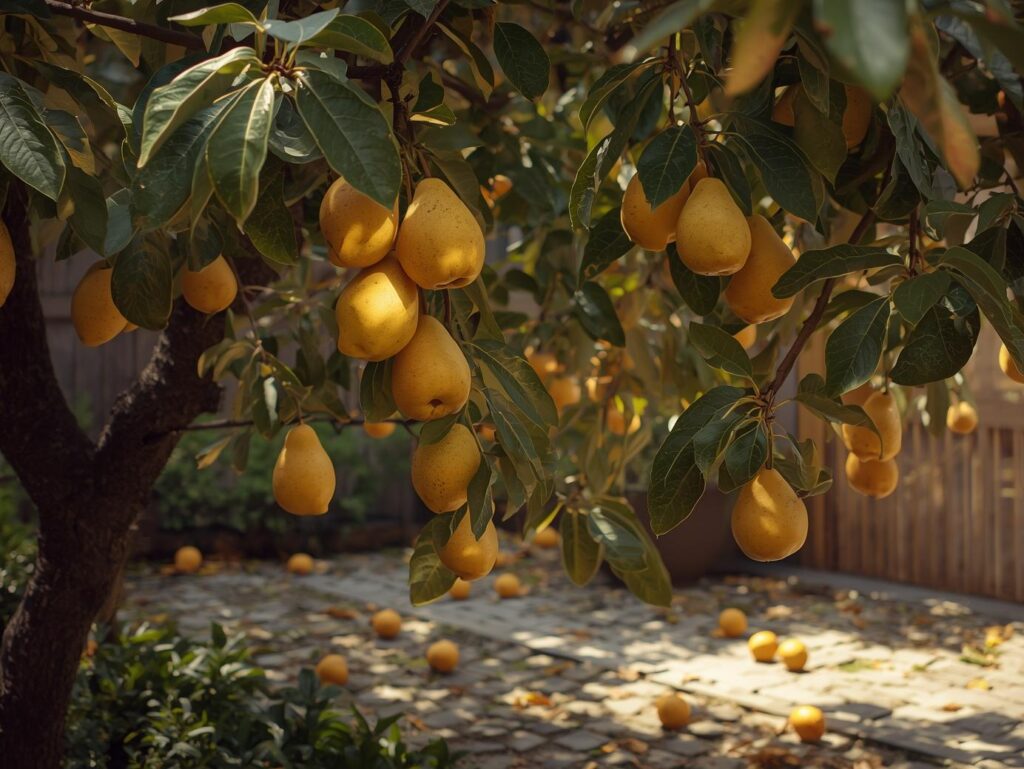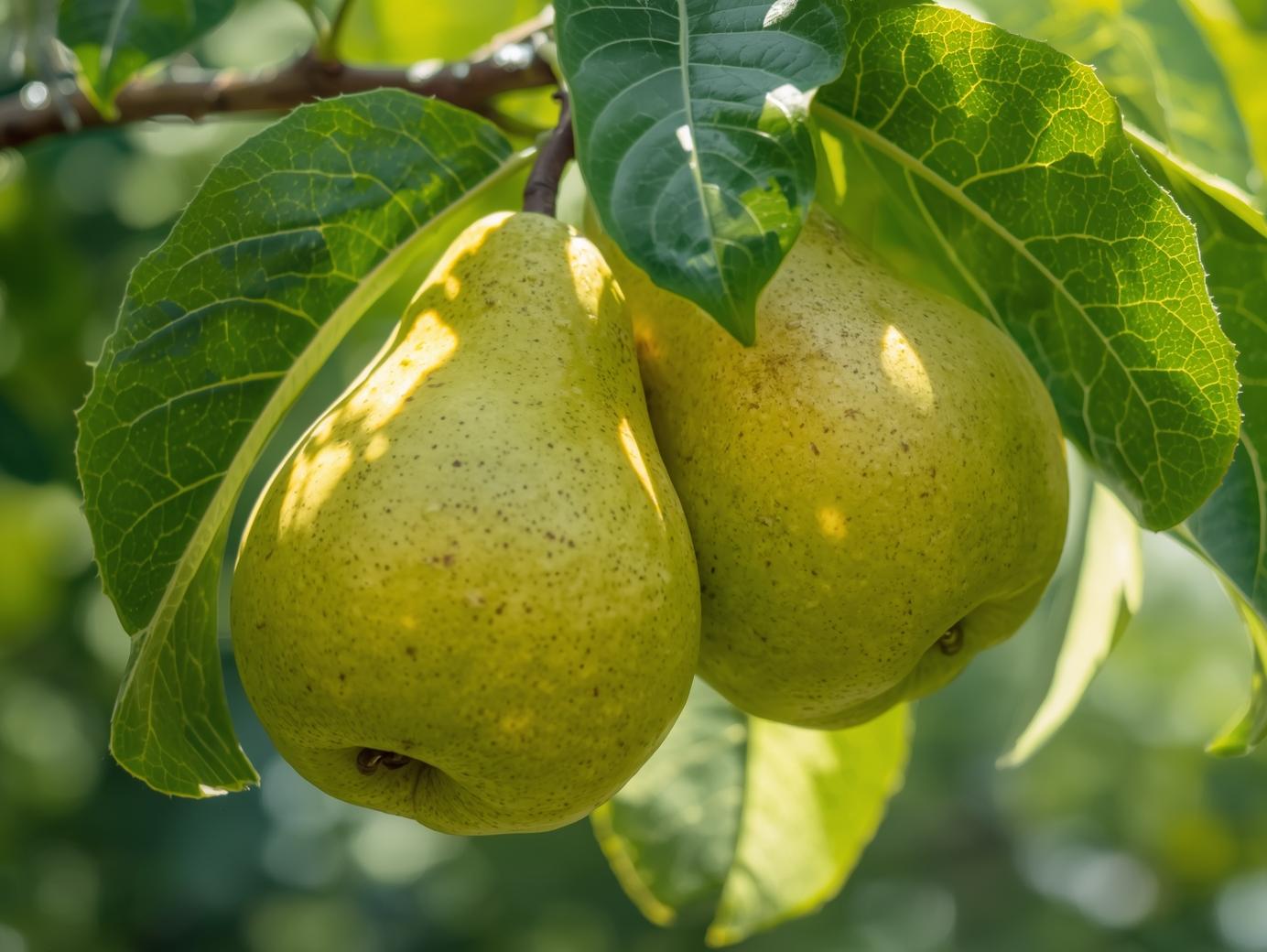Pear trees are a rewarding addition to any home courtyard, offering beautiful blossoms in spring and delicious fruit in late summer or early fall. Well-suited to many regions across the USA, pear trees can thrive in a variety of climates and soil types with proper care. Growing pears in your courtyard not only enhances your garden’s aesthetics but also provides fresh, healthy fruit right at your doorstep.
From selecting the ideal soil to managing watering and pest control, this guide covers everything you need to know to cultivate strong, fruitful pear trees in your home courtyard.
Soil Selection
Pear trees grow best in fertile, well-drained soils with a pH between 6.0 and 7.0, slightly acidic to neutral. Loamy soils rich in organic matter provide the ideal balance of moisture retention and drainage necessary for healthy root development. Poorly drained or waterlogged soils should be avoided, as they can lead to root rot and other fungal diseases.
If your courtyard soil is heavy clay or sandy, consider amending it with organic compost or aged manure to improve its texture and fertility. Conducting a soil test before planting helps identify nutrient deficiencies or pH imbalances, allowing you to adjust the soil conditions for optimal pear tree growth.
Site Preparation
Choosing the right location for your pear tree is essential. Pears require full sun exposure—at least six to eight hours daily—to produce sweet, well-developed fruit. The site should have good air circulation to reduce humidity and prevent diseases such as fire blight and scab.
Before planting, clear the area of weeds, rocks, and debris. Loosen the soil to a depth of 12 to 18 inches and mix in organic matter like compost to enrich the soil and improve drainage. Proper spacing is also important; most pear trees need 15 to 20 feet between each tree to allow adequate room for growth and airflow.
Planting
The best time to plant pear trees is in early spring or late fall while the tree is dormant. When planting, dig a hole twice as wide and just as deep as the root ball to accommodate root expansion. Position the tree so that the graft union is a few inches above the soil surface to prevent rot.
Backfill the hole with native soil amended with compost, firming gently to eliminate air pockets. Water thoroughly after planting to settle the soil around the roots. Adding a 2 to 3-inch layer of mulch around the base helps retain moisture and suppress weeds but keep mulch a few inches away from the trunk to avoid rot.
Watering
Young pear trees need consistent watering to establish strong roots, especially during their first two to three years. Deep watering once or twice a week encourages roots to grow downward, improving drought resilience. The soil should remain moist but never waterlogged.

Mature pear trees are more drought-tolerant but still benefit from supplemental watering during dry spells, especially when fruit is developing. Applying mulch helps conserve moisture and regulate soil temperature. Avoid overhead watering, as wet foliage can promote fungal diseases.
Fertilizing
Proper fertilization supports healthy growth and fruit production in pear trees. A balanced fertilizer with equal parts nitrogen, phosphorus, and potassium applied in early spring encourages strong leaf and shoot development. Avoid over-fertilizing, which can cause excessive vegetative growth at the expense of fruiting.

In subsequent years, additional feeding can be done after fruit set to support fruit development. Organic options such as compost or aged manure enrich soil health and provide slow-release nutrients. Regular soil testing can guide your fertilization schedule, ensuring your pear tree receives the right nutrients without excess.
Pruning & Training
Pruning pear trees is crucial for shaping the tree, improving airflow, and enhancing fruit quality. During the dormant season, remove dead or diseased branches and thin crowded areas to open up the canopy. Training young trees to develop a strong framework of scaffold branches supports healthy growth.
Annual pruning helps maintain manageable tree size and encourages larger fruit. Avoid heavy pruning during the growing season to prevent stress. Maintaining an open-center or modified central leader structure allows sunlight to penetrate, boosting photosynthesis and fruit ripening.
Pest & Disease Control
Pear trees face threats from pests like pear psylla, codling moth, and aphids, as well as diseases including fire blight, pear scab, and powdery mildew. Regular monitoring and early detection are key to preventing severe damage.
Good cultural practices such as proper pruning, sanitation, and adequate spacing reduce disease risks. Organic pest control methods, including introducing beneficial insects and using horticultural oils, help manage pests without harming the environment. Removing fallen leaves and infected branches also limits overwintering disease spores.
Fruiting & Harvest
Pear trees generally begin bearing fruit three to five years after planting. Harvest times vary by variety but usually occur in late summer or early fall. Pears should be picked when mature but still firm, as many varieties ripen off the tree after harvesting.

To test for harvest readiness, check the fruit’s color, size, and ease of detachment from the tree. Store pears at room temperature to ripen fully, or refrigerate once ripe to prolong freshness. Regular harvesting encourages continued fruit production, rewarding you with sweet, juicy pears from your courtyard garden.
